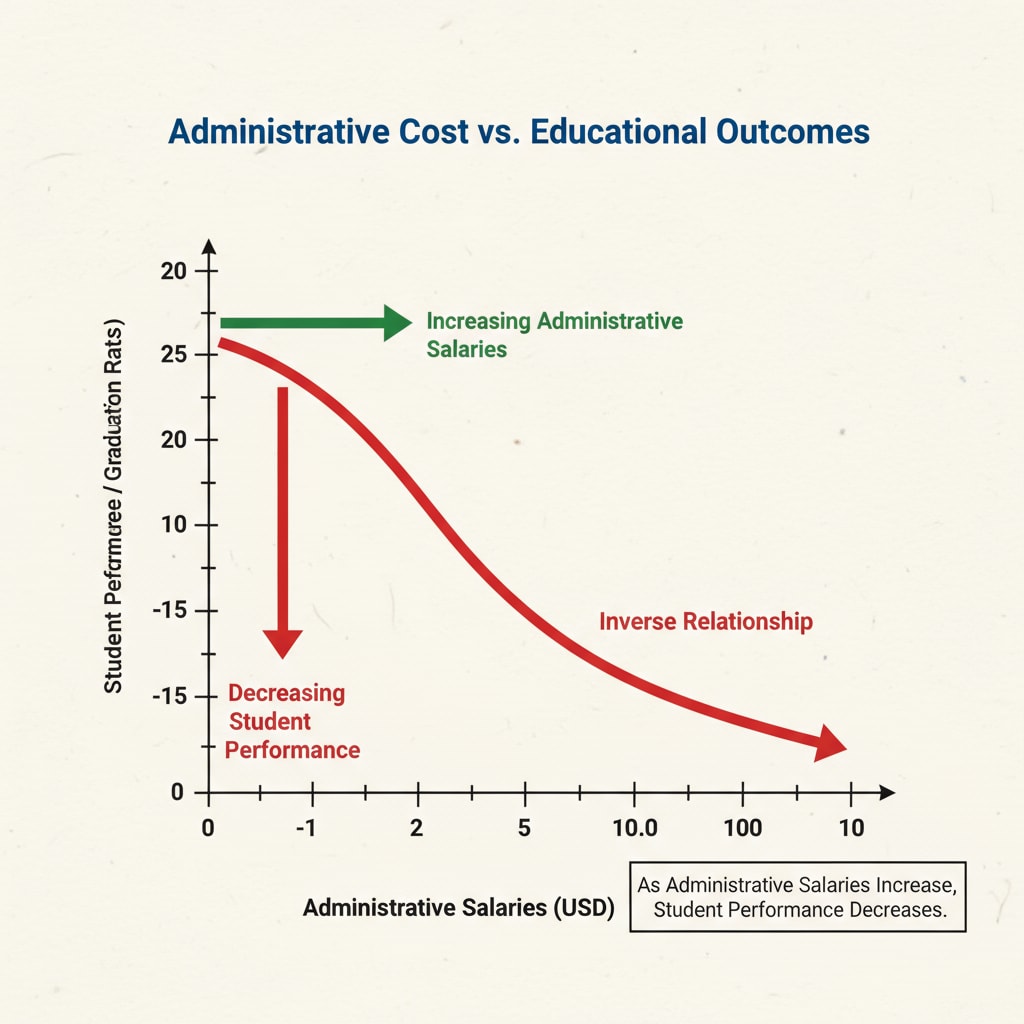Education management, administrative salaries, and student performance are intricately linked, and recent reports have shed light on a disturbing trend. The swelling of administrative salaries in the education system has been accompanied by a decline in student academic performance, sparking a much-needed reexamination of the current educational resource allocation model.

The Alarming Rise of Administrative Obesity
In recent years, there has been a significant increase in administrative positions and salaries within educational institutions. This phenomenon, often referred to as “administrative obesity,” has diverted a substantial portion of educational funds away from the classroom. For example, a study by the National Education Association National Education Association on Educational Expenditure found that the growth rate of administrative salaries far exceeded that of teacher salaries in many school districts. As a result, less money is available for essential educational resources such as textbooks, laboratory equipment, and extracurricular activities, all of which are crucial for student learning.
The Ripple Effect on Student Performance
The misallocation of educational funds has a direct impact on student performance. When resources are concentrated in administrative positions, students are left with fewer opportunities for quality education. Teachers may lack the necessary materials to deliver engaging lessons, and students may not have access to the latest educational technologies. According to a report from the Organisation for Economic Co-operation and Development (OECD) OECD Report on Education Quality, countries with a more balanced distribution of educational resources tend to have higher-performing students. In contrast, those with a disproportionate focus on administrative expenses often see a decline in student achievement.

To reverse this trend, it is essential to reevaluate and rebalance educational investment. This requires a shift in priorities, with a greater emphasis on allocating funds directly to the areas that impact student learning. School districts should consider reducing administrative bloat and redirecting those funds towards teacher training, curriculum development, and improving school facilities. By doing so, we can ensure that educational resources are truly reaching the classrooms and benefiting the students who need them most.
Readability guidance: The key points are presented in short paragraphs and lists for easy understanding. Each H2 section has a relevant example or explanation. The use of passive语态 is minimized, and transition words like “for example” and “as a result” are used to enhance the flow of the article.


